A dash cam for car recording is important because it serves as an impartial, always-on witness, providing irrefutable video evidence for traffic accidents, insurance claims, and legal disputes. It protects against insurance fraud, deters vandalism, monitors your vehicle when parked, and can even help you improve your driving habits or capture unexpected moments on the road. High-resolution footage from a quality Dash Cam for Car can be the definitive factor in proving your innocence and saving you from financial and legal trouble.

Table of Contents
1. What Is the Primary Purpose of a Dash Cam?
2. How Does a Dash Cam Serve as Undeniable Proof in Accidents?
3. Can a Dash Cam Help Lower Your Insurance Premiums?
4. Why Is Parking Mode a Critical Feature?
- How Does It Protect Against Hit-and-Runs?
- What Role Does It Play in Preventing Vandalism and Theft?
5. How Does a Dash Cam Protect You from Fraudulent Claims?
6. Can Dash Cam Footage Be Used to Contest a Traffic Ticket?
7. What Makes a Dash Cam Invaluable for New or Teen Drivers?
8. Beyond Security, How Can a Dash Cam Enhance Your Driving Experience?
9. What Key Features Define a High-Quality Dash Cam?
- Why is 4K Resolution a Game-Changer?
- How Important is Superior Night Vision?
- What Other Features Should You Consider?
10. Is It Difficult to Install and Use a Dash Cam?
What Is the Primary Purpose of a Dash Cam?
The fundamental purpose of a dashboard camera is to be your vehicle's unbiased eyewitness. It continuously records everything that happens in front of (and sometimes behind) your car while you are on the road. This creates a reliable, time-stamped visual and audio record of events. In a world of conflicting stories and "he said, she said" scenarios following a road incident, a dash cam provides a factual account.
This objective record is not just for major collisions. It documents near-misses, reckless driving by others, and sudden road hazards. The presence of a camera ensures that any event is captured without bias, emotion, or memory lapses, offering a pure source of truth that can be reviewed and analyzed whenever needed. Its primary role is to replace ambiguity with certainty.
How Does a Dash Cam Serve as Undeniable Proof in Accidents?
In the chaotic aftermath of an accident, a dash cam recording becomes your most powerful asset. The video footage provides clear, contextual evidence of the sequence of events leading up to the incident. It can show who had the right-of-way, whether a driver ran a red light, performed an illegal lane change, or was driving erratically. This video evidence is often considered irrefutable proof by law enforcement and insurance adjusters.
Modern dash cams are equipped with a G-sensor (gravity sensor) that automatically detects a sudden impact, such as a collision or hard braking. When triggered, the device automatically locks the current video file, preventing it from being overwritten by the loop recording feature. This ensures the critical moments of the incident are securely saved. With high-definition footage, details like traffic light colors, road signs, and the actions of all parties involved are captured, leaving no room for dispute.
Can a Dash Cam Help Lower Your Insurance Premiums?
While not a universal rule, the use of a dash cam is increasingly recognized by insurance companies as a sign of a responsible driver. The primary financial benefit comes from its role in expediting the claims process. When you can provide immediate, conclusive video evidence, the lengthy and costly investigation period is drastically shortened. This allows the insurance company to assign fault quickly and accurately, saving them time and resources.
By preventing you from being wrongly assigned fault, a dash cam directly protects your driving record and prevents your premiums from increasing due to an incident that wasn't your fault. Some insurance providers have started to offer direct discounts to policyholders who use an approved dash cam, acknowledging that these devices promote safer driving and reduce the likelihood of fraudulent claims.
Why Is Parking Mode a Critical Feature?
A significant number of vehicle damages occur when the car is parked and unattended. Parking mode is a vital feature that extends the protection of a dash cam to a 24/7 surveillance system. When the vehicle is turned off, the dash cam enters a low-power standby state, ready to activate and record upon detecting an incident.
How Does It Protect Against Hit-and-Runs?
A hit-and-run in a parking lot can be incredibly frustrating and costly. With parking mode enabled, the dash cam's G-sensor will detect the impact of another vehicle hitting yours. It will instantly wake up and record a short video clip of the event. A high-quality dash cam will capture the crucial moments before and after the impact, often providing a clear view of the other vehicle's license plate as it drives away, which is essential information for a police report and insurance claim.
What Role Does It Play in Preventing Vandalism and Theft?
Beyond accidental bumps, parking mode is a strong deterrent against intentional harm. Many advanced dash cams, like those from Botslab, use motion detection or radar to sense activity around the vehicle even without an impact. If someone approaches the car with malicious intent, the camera begins recording. The mere presence of a visible, recording dash cam can be enough to deter potential vandals or thieves. Should an incident occur, you will have video evidence of the perpetrator to provide to law enforcement.
How Does a Dash Cam Protect You from Fraudulent Claims?
Insurance fraud schemes, such as "crash-for-cash" scams, are a serious problem. These scenarios involve fraudsters intentionally causing an accident—like suddenly braking in front of you—and then blaming you for the collision to file a fraudulent injury or damage claim. Without evidence, it can be difficult to prove your innocence in these situations.
A dash cam recording is the ultimate defense against such scams. The video footage will clearly show the other driver's deliberate and dangerous actions, exposing the fraud for what it is. By providing this evidence to the authorities and your insurance company, you not only protect yourself from liability and financial loss but also help take dangerous criminals off the road.
Can Dash Cam Footage Be Used to Contest a Traffic Ticket?
Receiving a traffic ticket that you believe is unjust can be a frustrating experience. A dash cam can be your ally in the courtroom. If you were ticketed for allegedly running a red light, making an illegal turn, or failing to stop at a stop sign, your dash cam footage can provide the objective evidence needed to prove your case.
The video can clearly show that the traffic light was yellow, not red, or that you came to a complete stop as required. Many dash cams also feature GPS logging, which records your vehicle's speed. This data can be used to contest a speeding ticket if you believe the radar reading was inaccurate. Presenting this clear, factual evidence can significantly increase your chances of having the ticket dismissed.
What Makes a Dash Cam Invaluable for New or Teen Drivers?
For parents of new or teen drivers, a dash cam offers peace of mind and serves as an effective coaching tool. It allows parents to review a young driver's performance on the road, identify risky behaviors like tailgating or speeding, and provide constructive feedback. It encourages accountability and helps instill safe driving habits from the very beginning.
Furthermore, new drivers are often more vulnerable to being unfairly blamed in an accident due to their inexperience. A dash cam ensures that they have the same protection as any other driver, providing a factual record of events and preventing them from being taken advantage of in a stressful situation.
Beyond Security, How Can a Dash Cam Enhance Your Driving Experience?
While the security benefits are paramount, a dash cam can also add a fun and memorable dimension to your travels. It's perfect for capturing stunning scenery on a road trip, recording a beautiful sunset drive, or documenting an entire family vacation from the car's perspective. You never know when you might capture something unexpected and extraordinary, from a meteor streaking across the sky to wildlife crossing the road.
Many drivers enjoy creating time-lapses of their journeys or sharing interesting clips with friends and family. The dash cam transforms from a purely functional safety device into a tool for creating and preserving memories, adding another layer of value to your vehicle.
What Key Features Define a High-Quality Dash Cam?
Not all dash cams are created equal. To ensure you get the protection and clarity you need, it's important to understand the key features that separate premium devices from basic ones. The quality of the components directly impacts the reliability and usefulness of the evidence it captures.
Why is 4K Resolution a Game-Changer?
Video resolution is arguably the most important feature. While 1080p is considered standard, 4K Ultra HD provides four times the pixel density, resulting in a drastically clearer and more detailed image. This isn't just about aesthetics; it's about capturing critical details with absolute clarity. With 4K footage, you are far more likely to be able to read license plates, street signs, and other identifying details from a distance, even when zooming in on the footage. This level of detail, perfected in models like the Botslab G980 4K, can make the difference between usable evidence and an indistinct blur.
How Important is Superior Night Vision?
Accidents don't only happen during the day. A significant portion of driving occurs in low-light conditions, at dusk, or at night. Standard cameras struggle in these environments, producing grainy and unusable footage. A high-quality dash cam must have superior night vision capabilities. Advanced technologies, such as large aperture lenses (f/1.8 or lower), wide dynamic range (WDR), and specialized image sensors like those used in Botslab's NightColor 2.0 technology, are designed to capture vibrant, clear, and well-lit footage even in near-complete darkness. This ensures you are protected around the clock.
What Other Features Should You Consider?
Beyond the core video quality, several other features contribute to a top-tier dash cam experience. A wide field of view (FOV) captures more of the road, while built-in GPS provides crucial location and speed data. Advanced Driver-Assistance Systems (ADAS) can even provide real-time alerts for lane departures or potential forward collisions, actively enhancing your safety.
| Feature | Importance | What to Look For |
|---|---|---|
| Resolution | Critical | 4K UHD for maximum detail; 1080p (Full HD) at a minimum. |
| Night Vision | Critical | Large aperture (e.g., f/1.8), WDR, advanced image sensors. |
| G-Sensor | Essential | Automatically detects impacts and locks video files. |
| Parking Mode | Essential | 24/7 monitoring with impact and/or motion detection. |
| Field of View (FOV) | Important | 140 degrees or wider to capture multiple lanes of traffic. |
| GPS | Highly Recommended | Embeds location and speed data into your recordings. |
Is It Difficult to Install and Use a Dash Cam?
One of the biggest misconceptions about dash cams is that they are complicated to install and operate. The reality is that most modern dash cams are designed for user-friendliness. Installation typically involves mounting the camera to your windshield using a suction cup or adhesive mount and running a power cable to your car's 12V outlet (cigarette lighter). The process is straightforward and usually takes only a few minutes.
Once installed, the device is virtually "set it and forget it." It will automatically power on and start recording when you start your car and power off when you turn it off. Features like loop recording mean you never have to worry about the memory card filling up, as the camera will automatically overwrite the oldest, unlocked files. Accessing footage is also simple, often done by removing the microSD card or connecting to the device via a dedicated smartphone app.


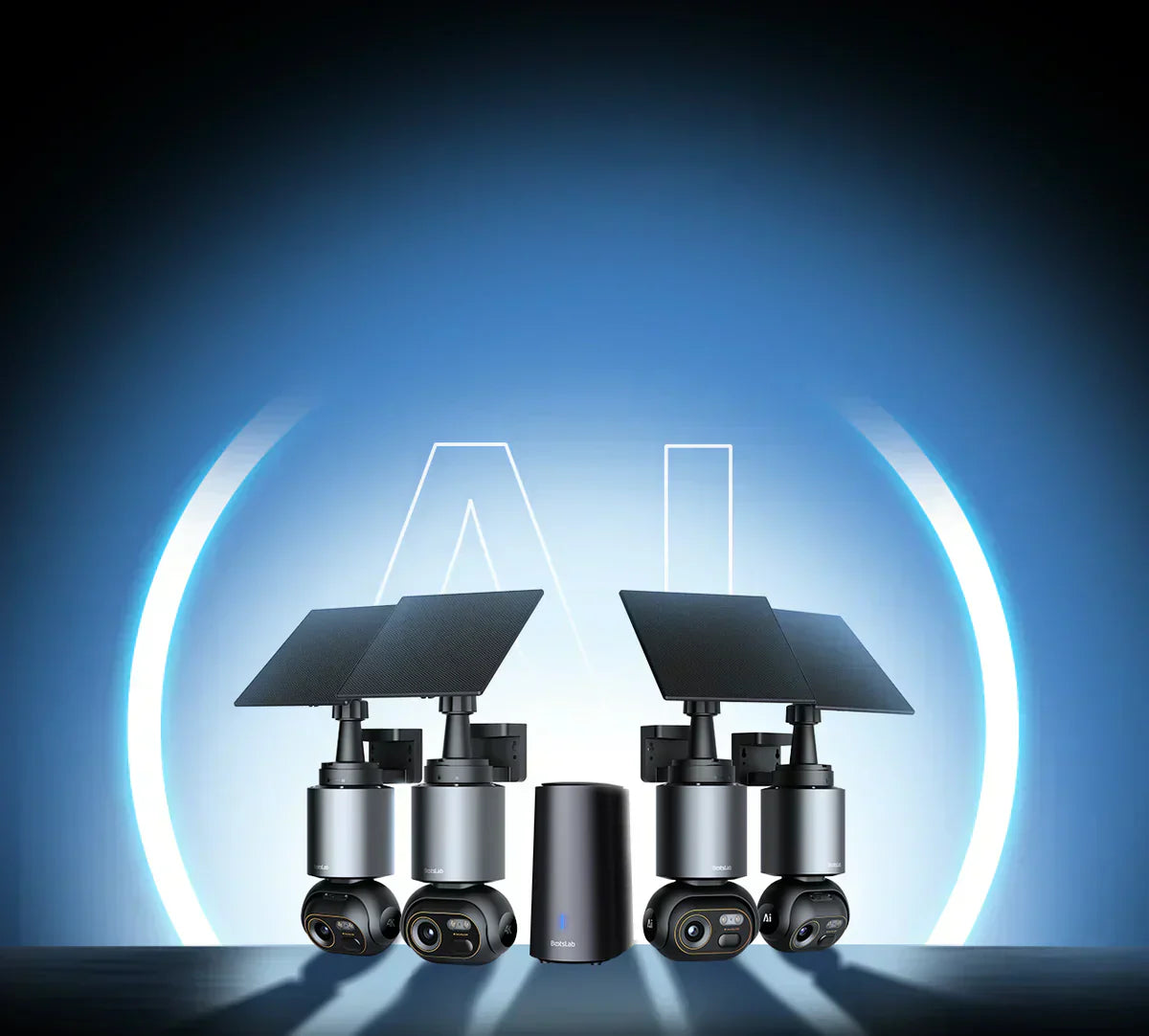
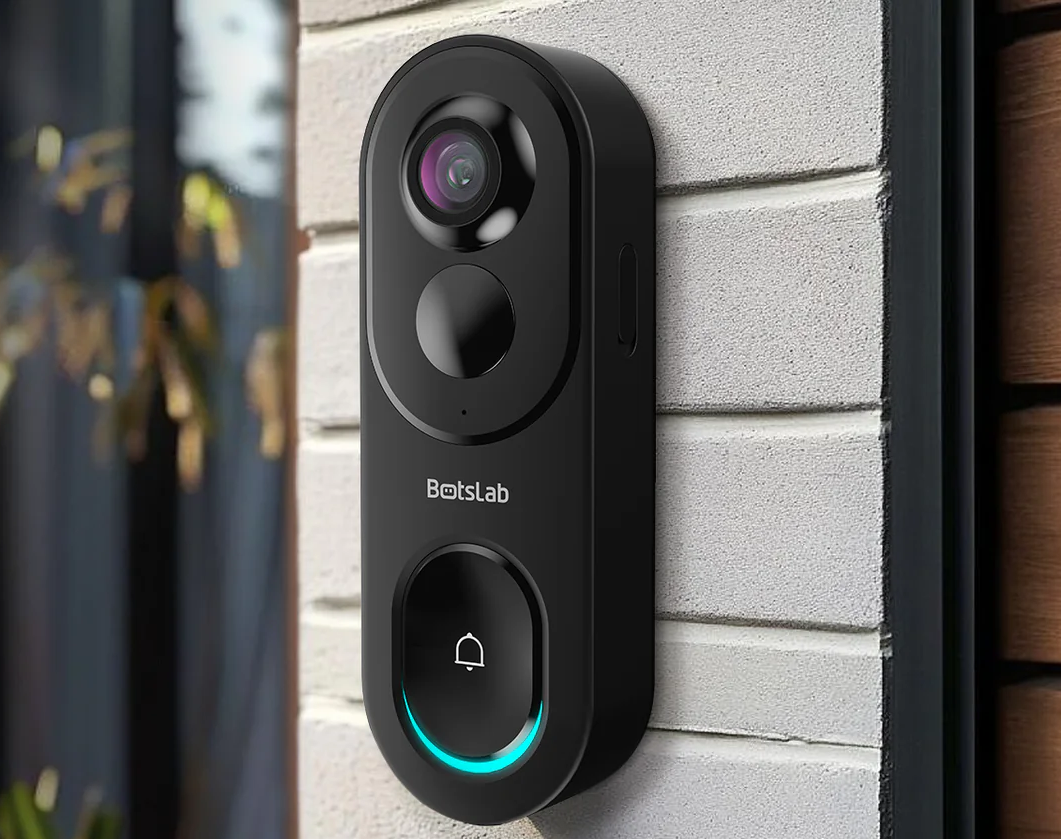
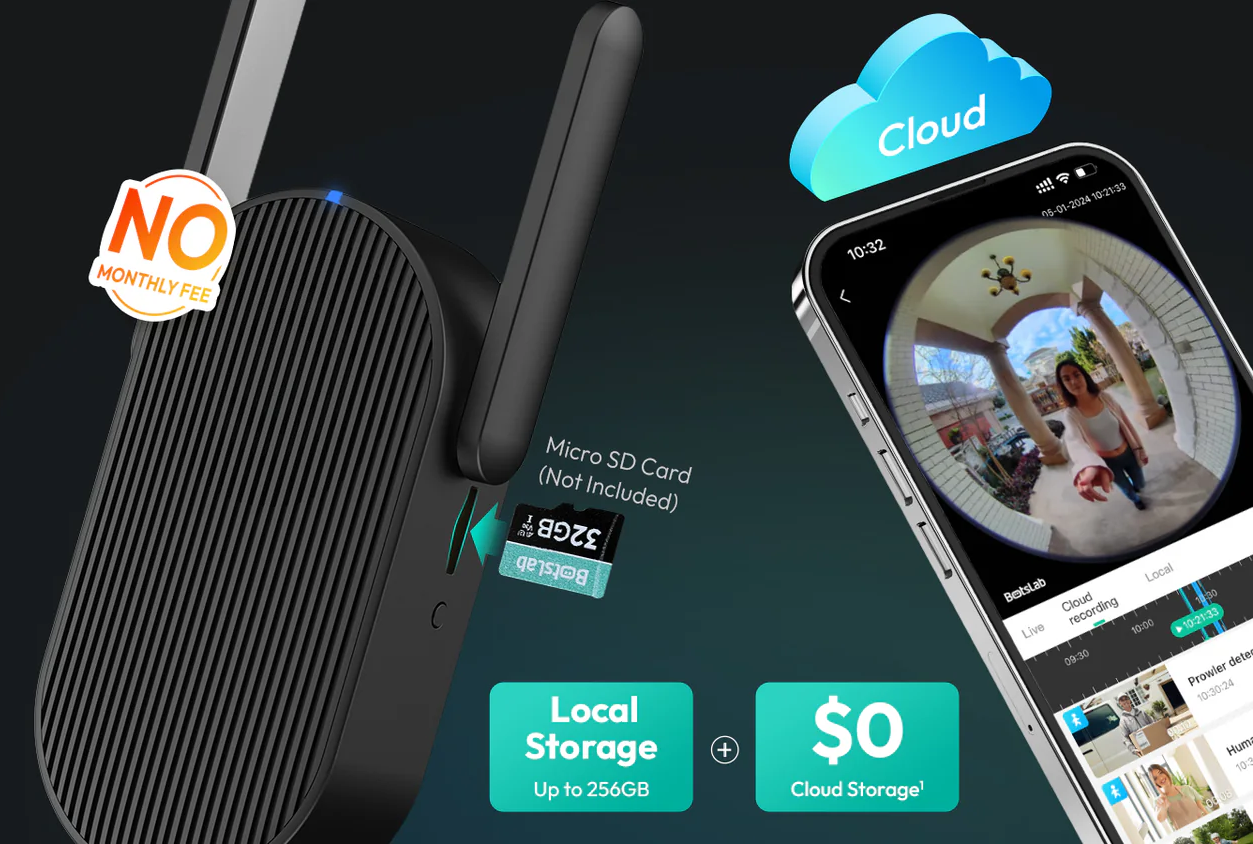



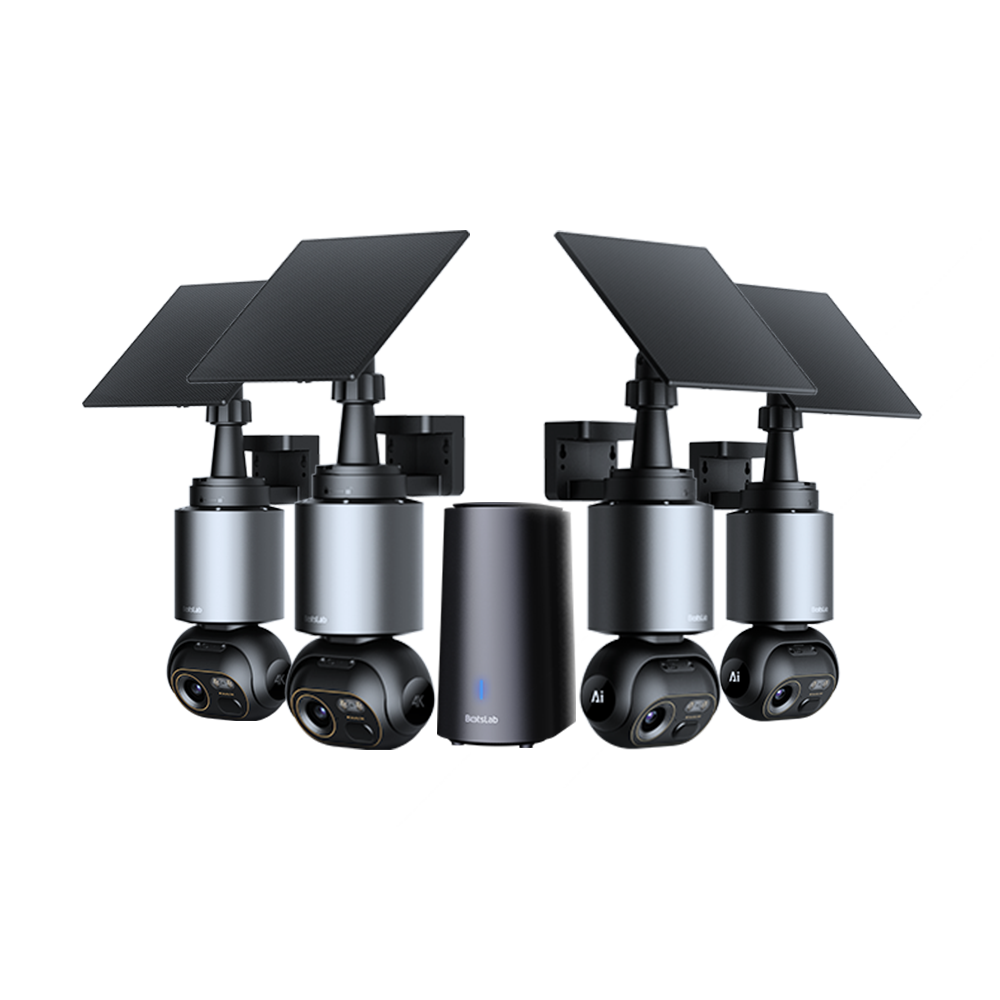




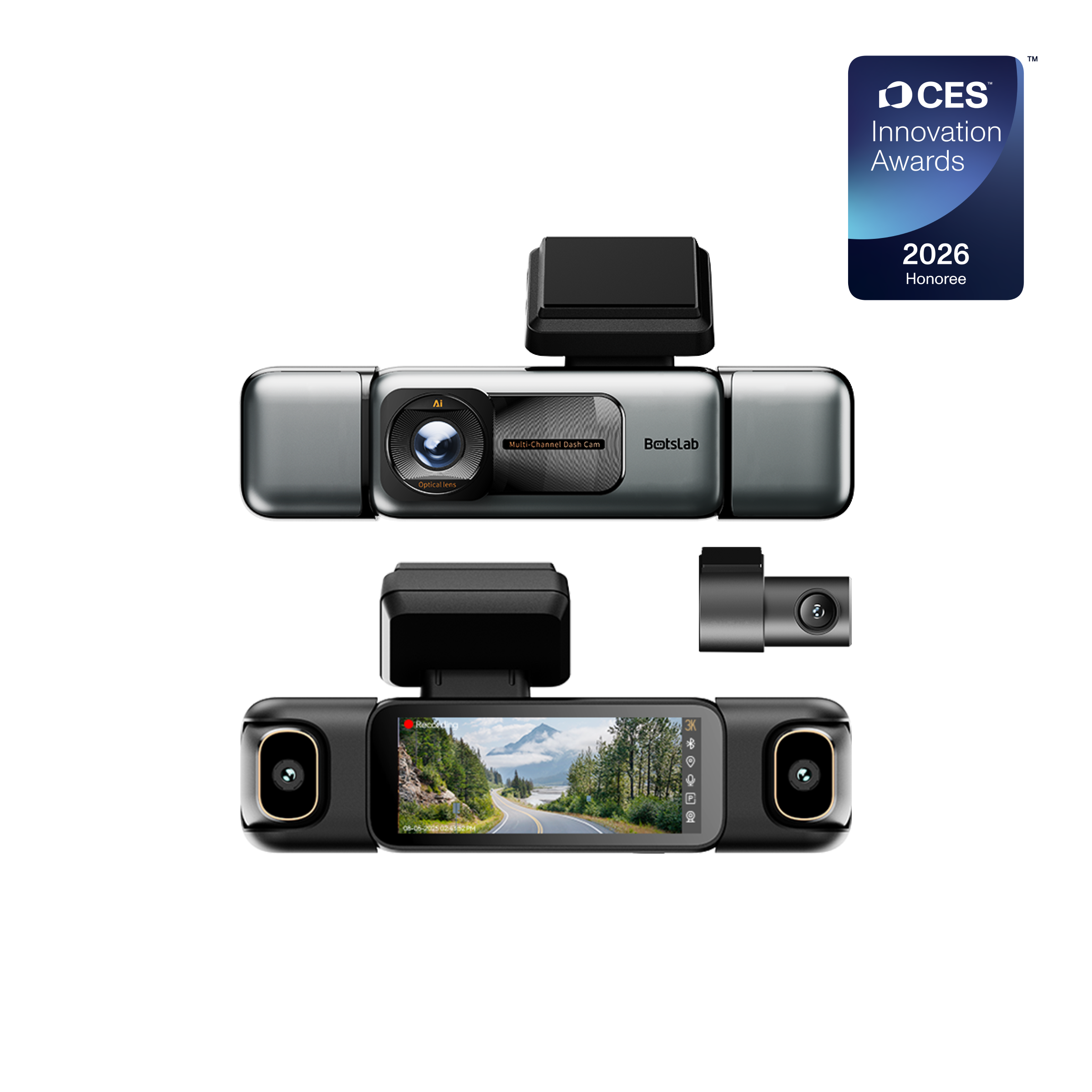
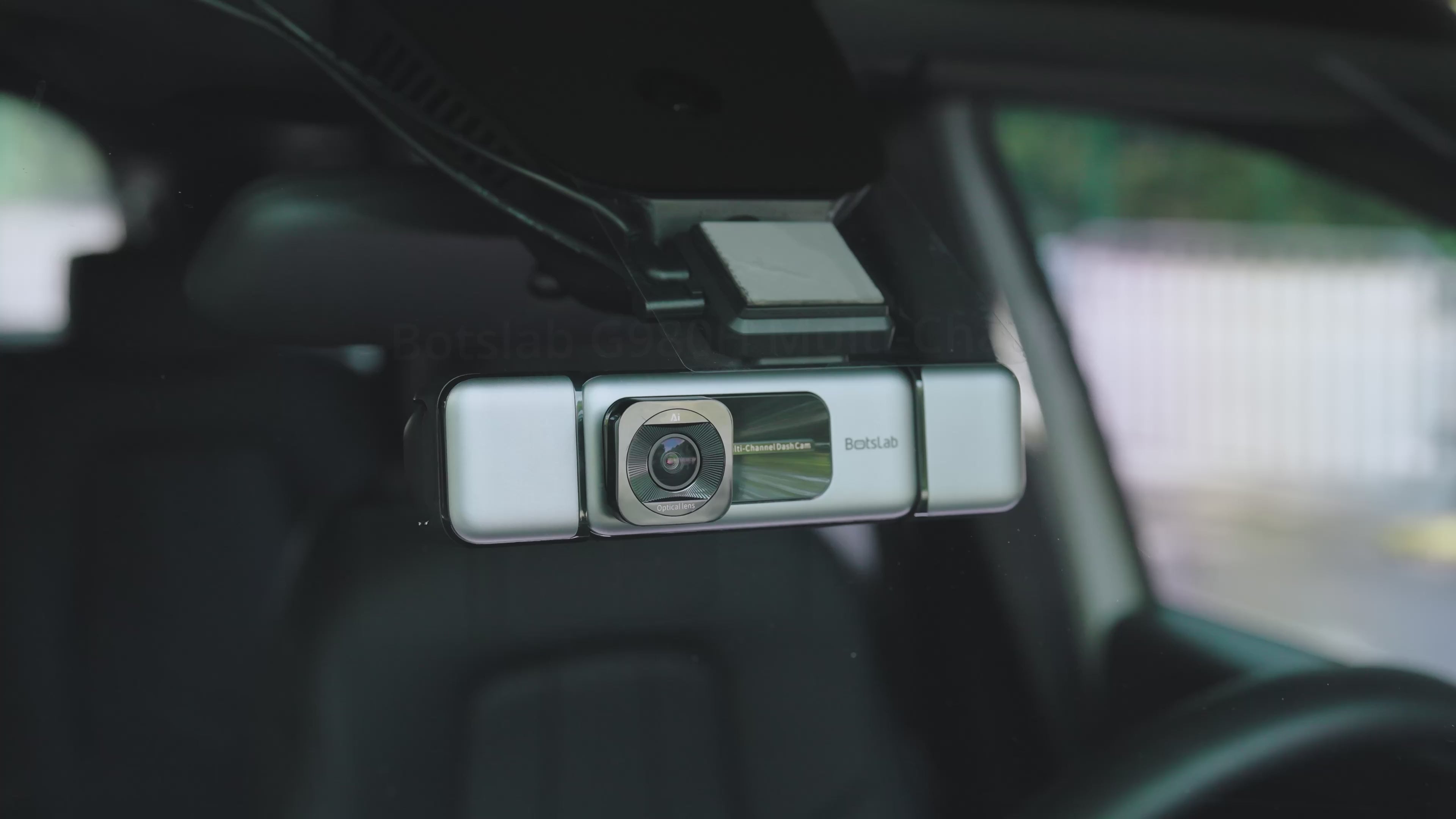
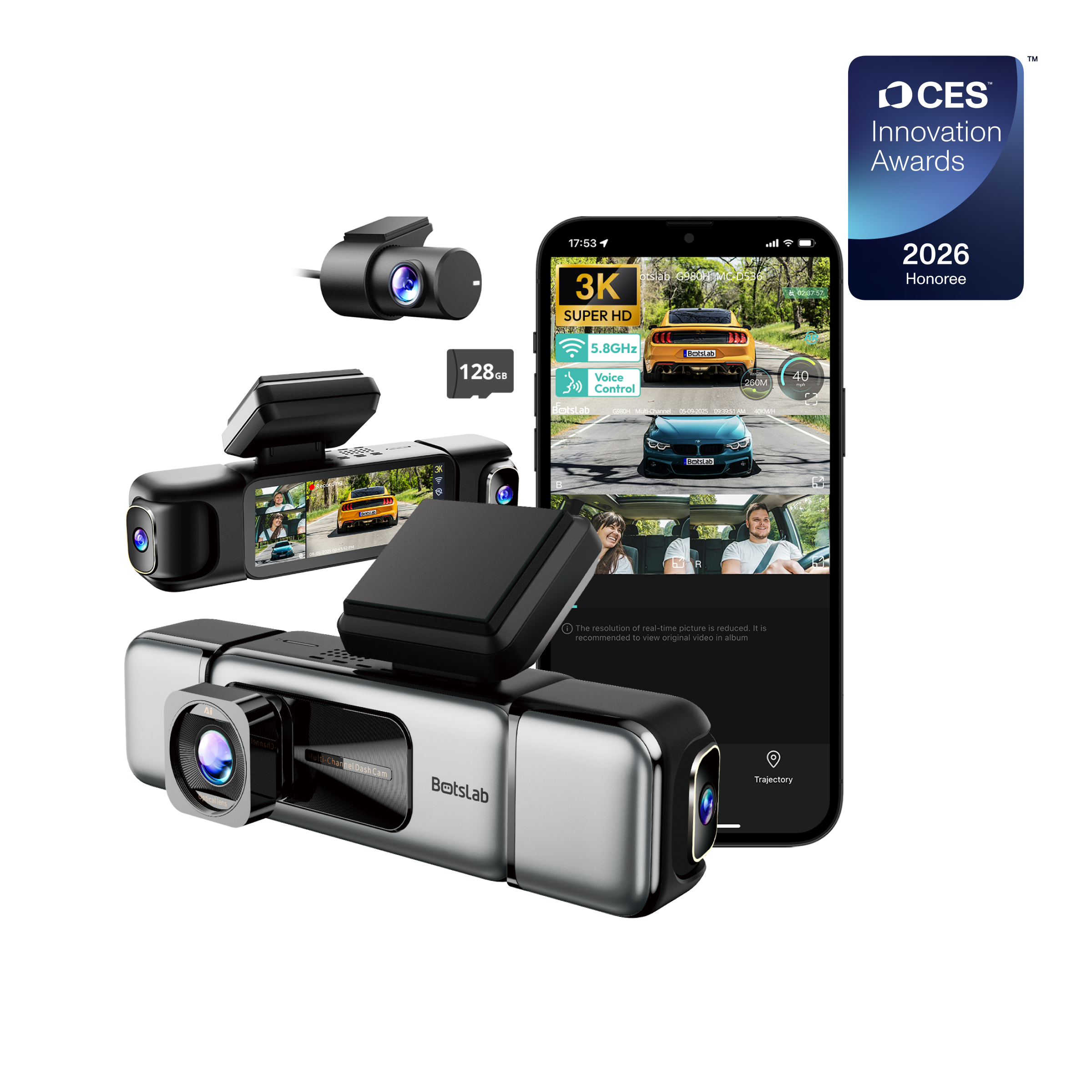

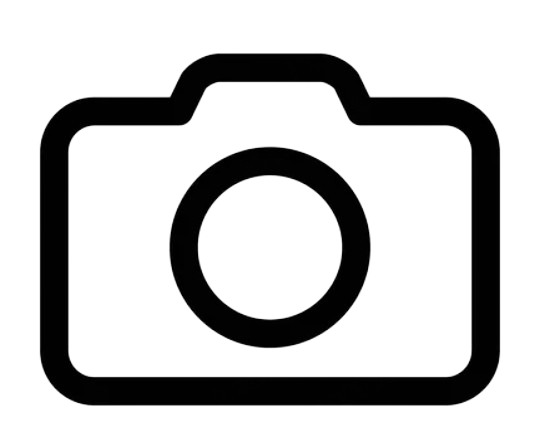

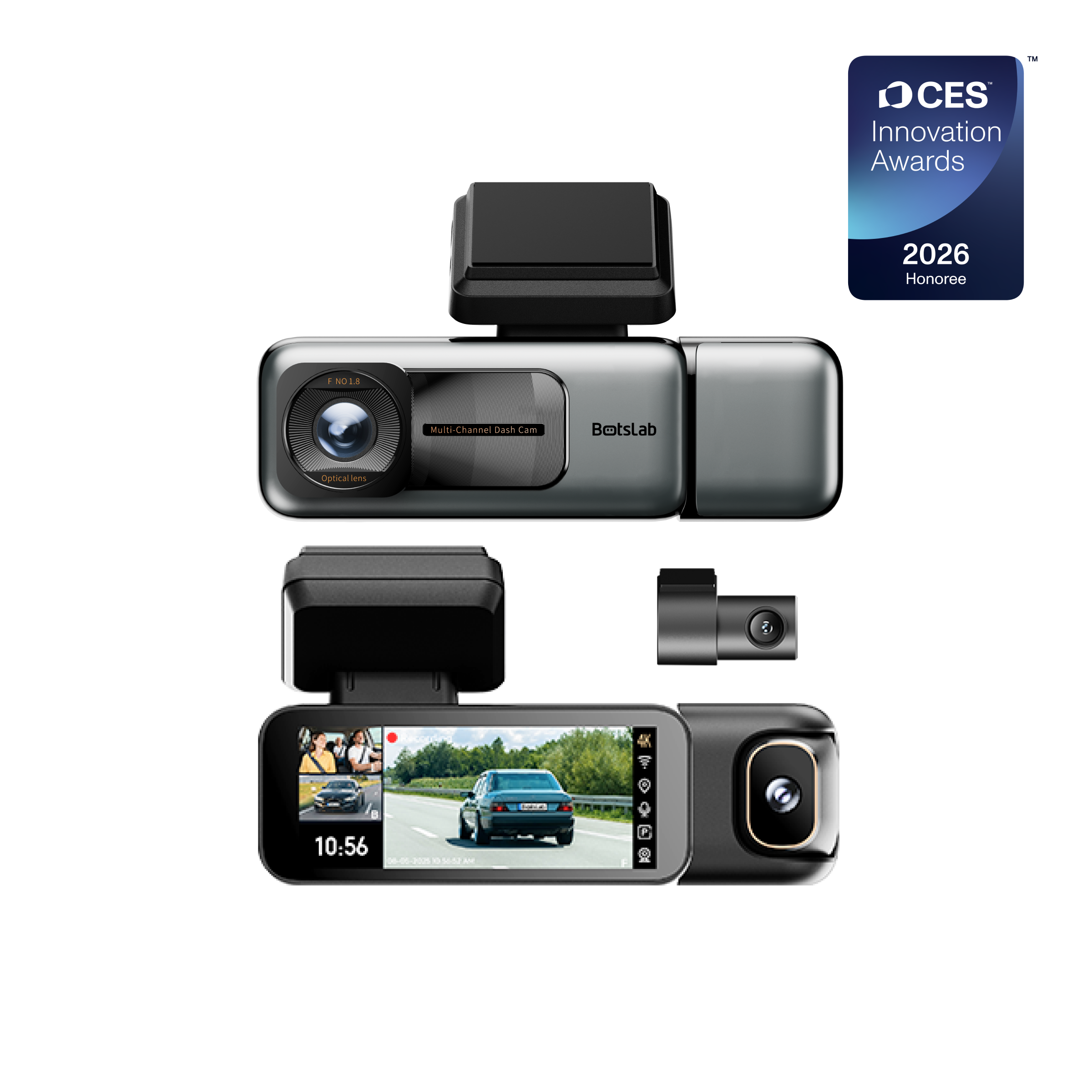
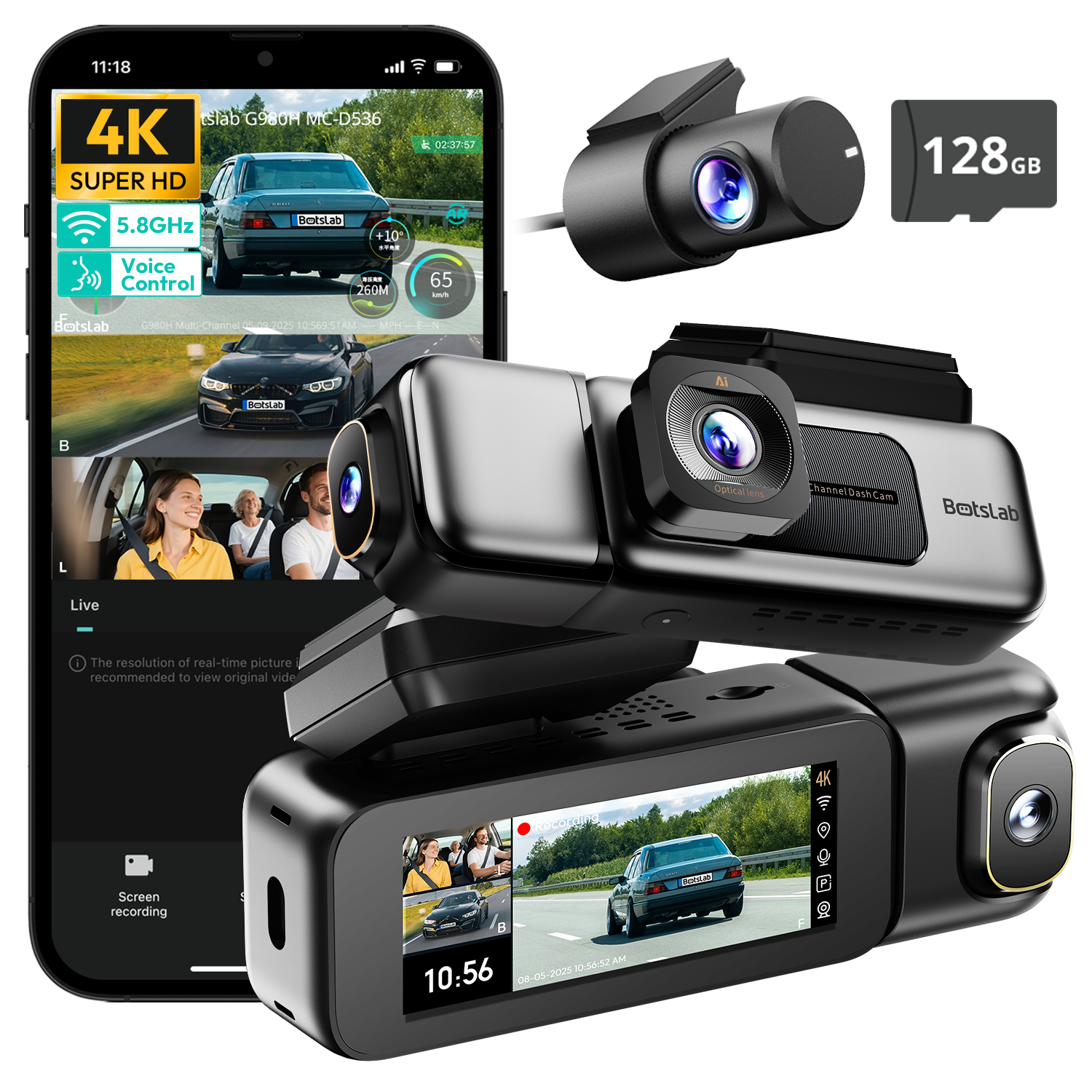

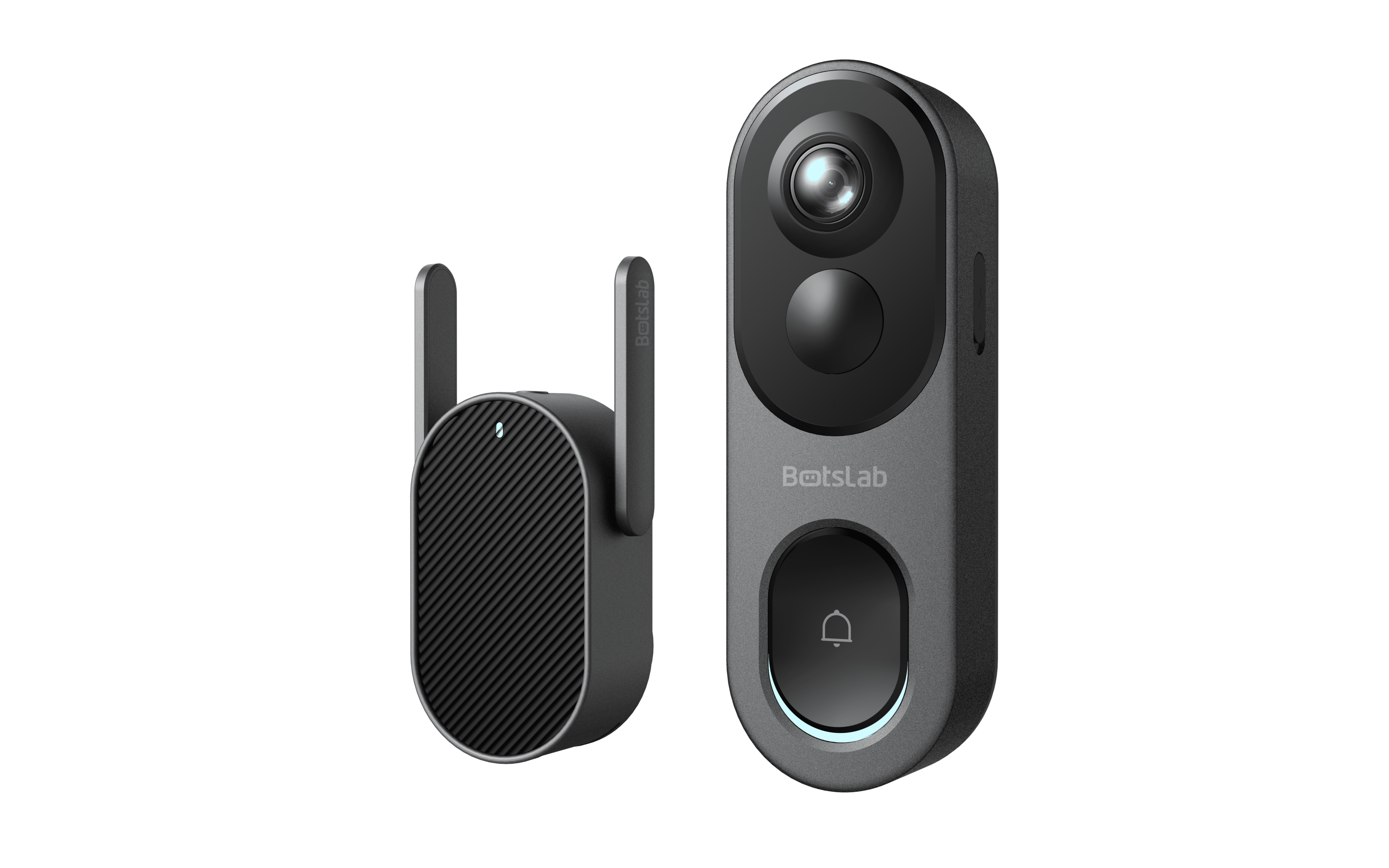
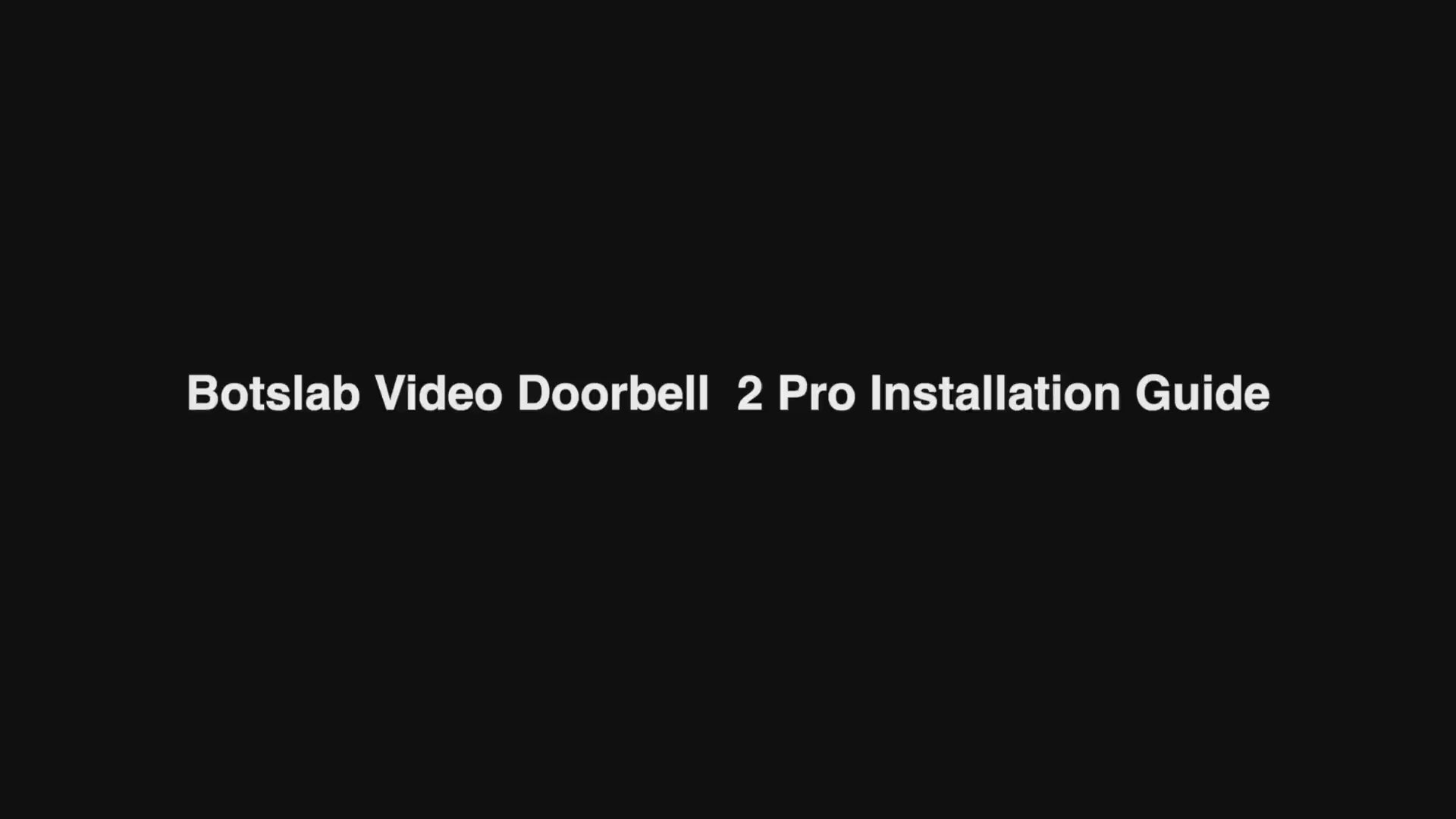

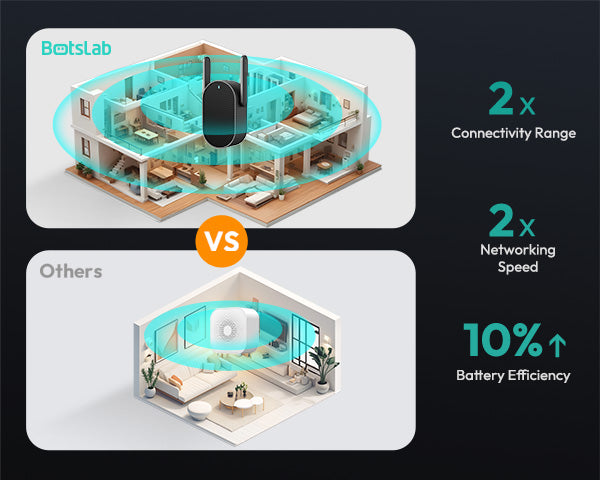




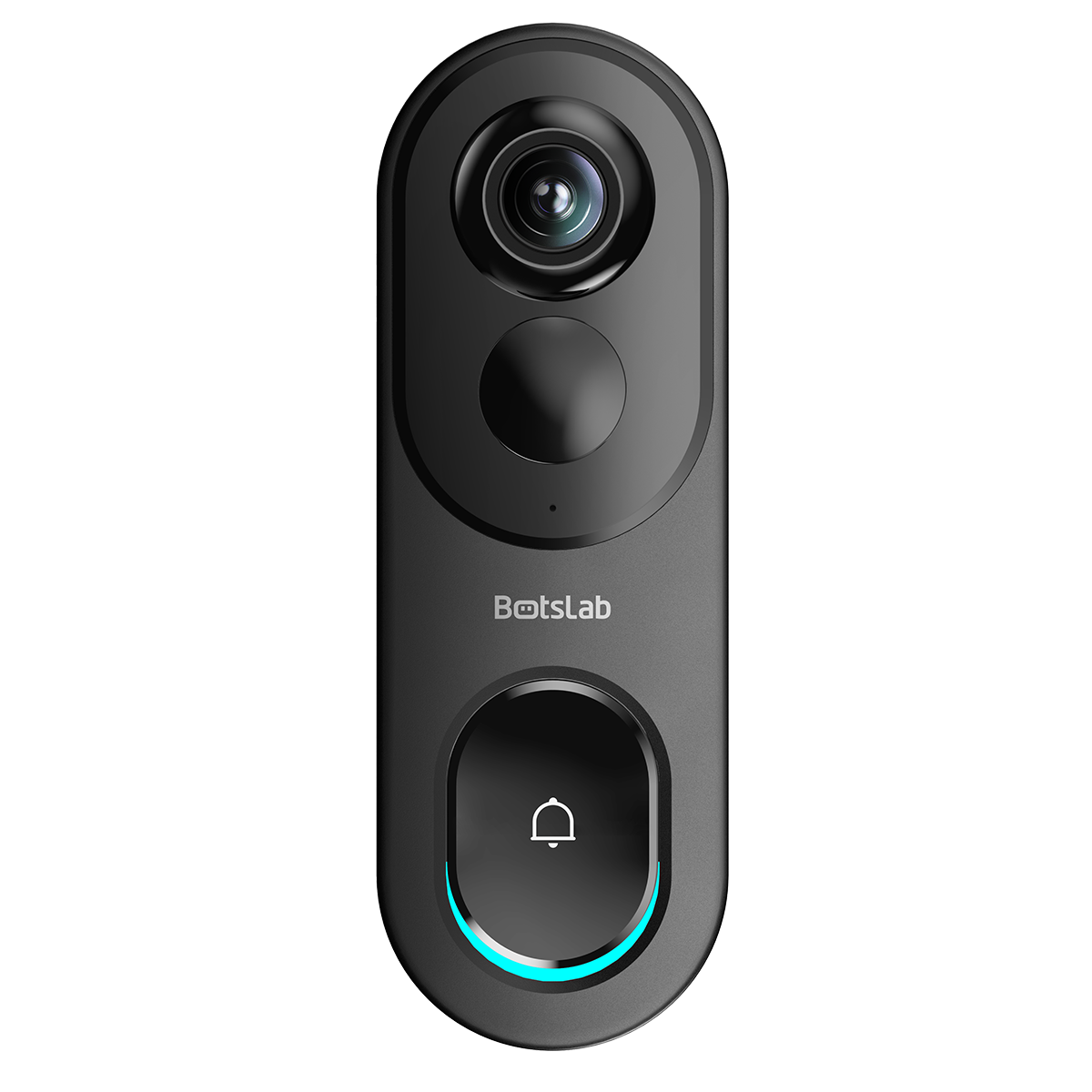


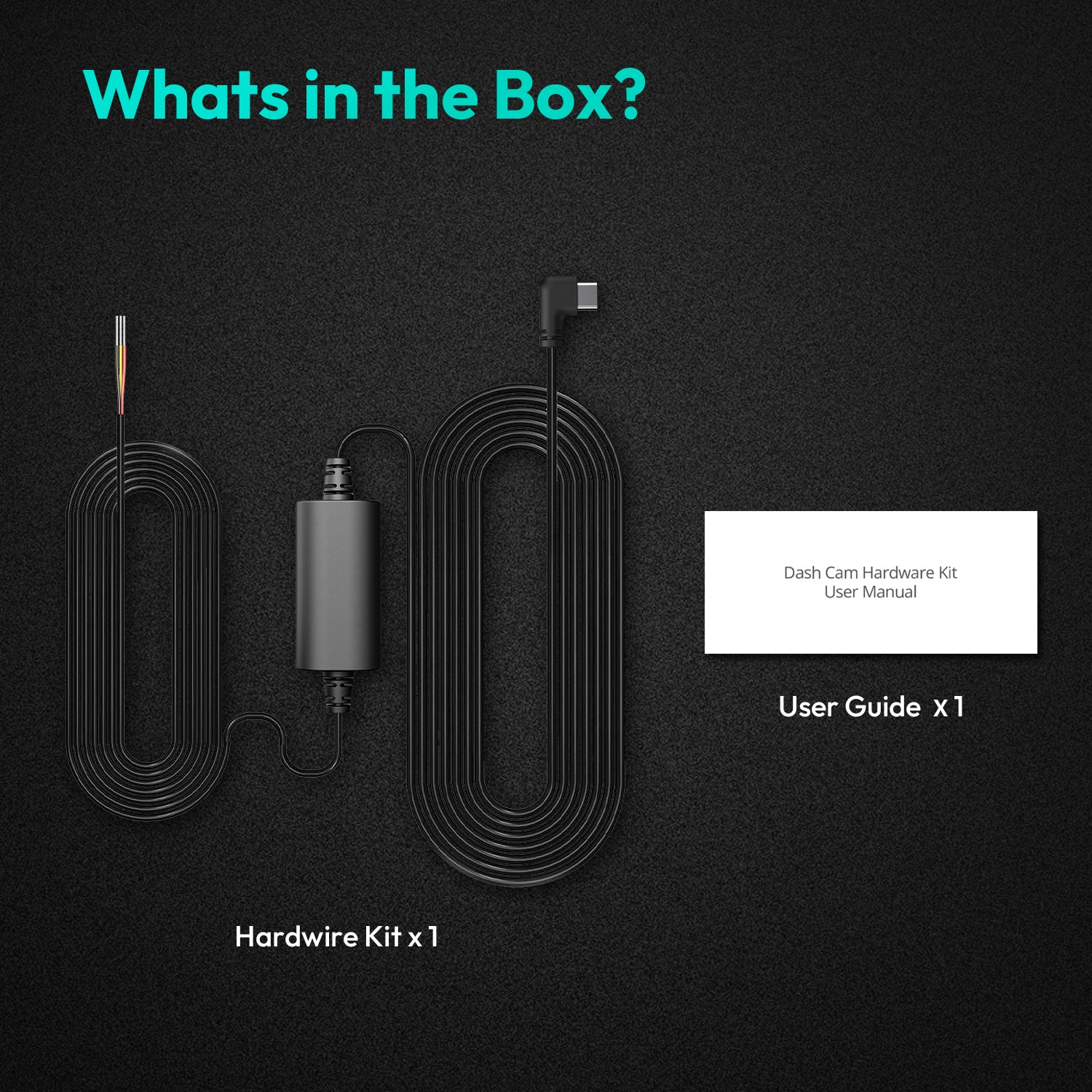
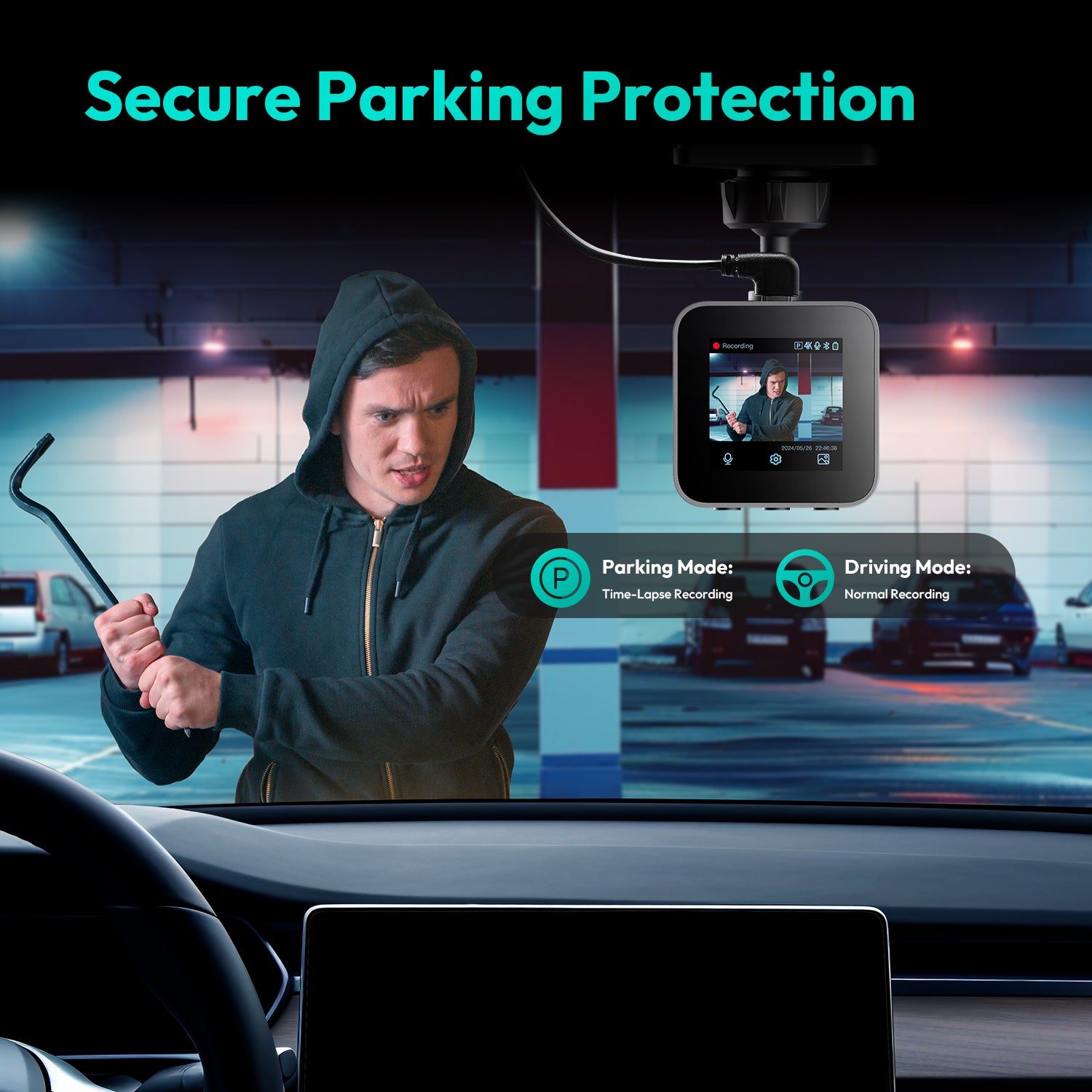
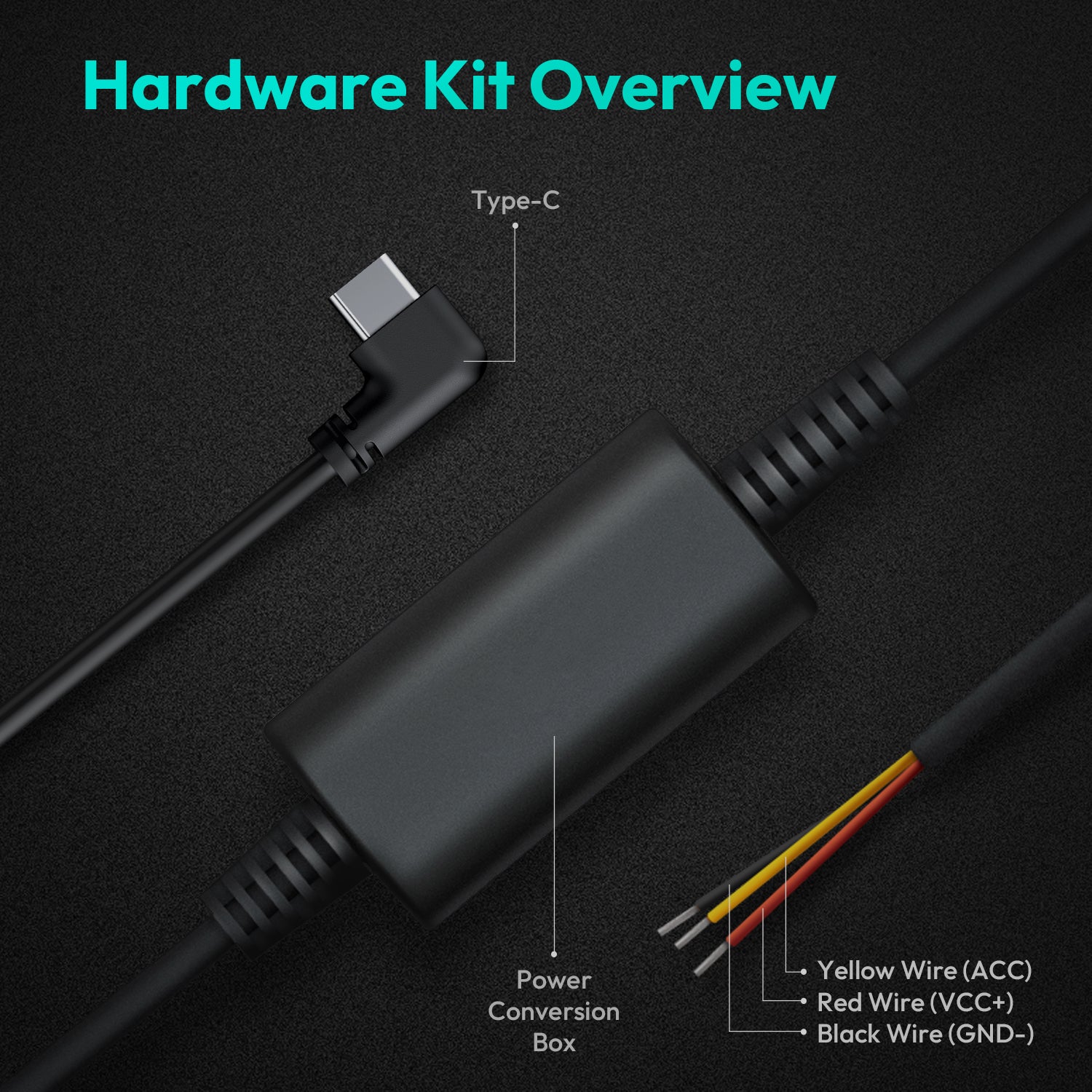

Share:
What is the maximum memory card size for a Car Camera?
What angle should I set on my Rear Dash Cam?